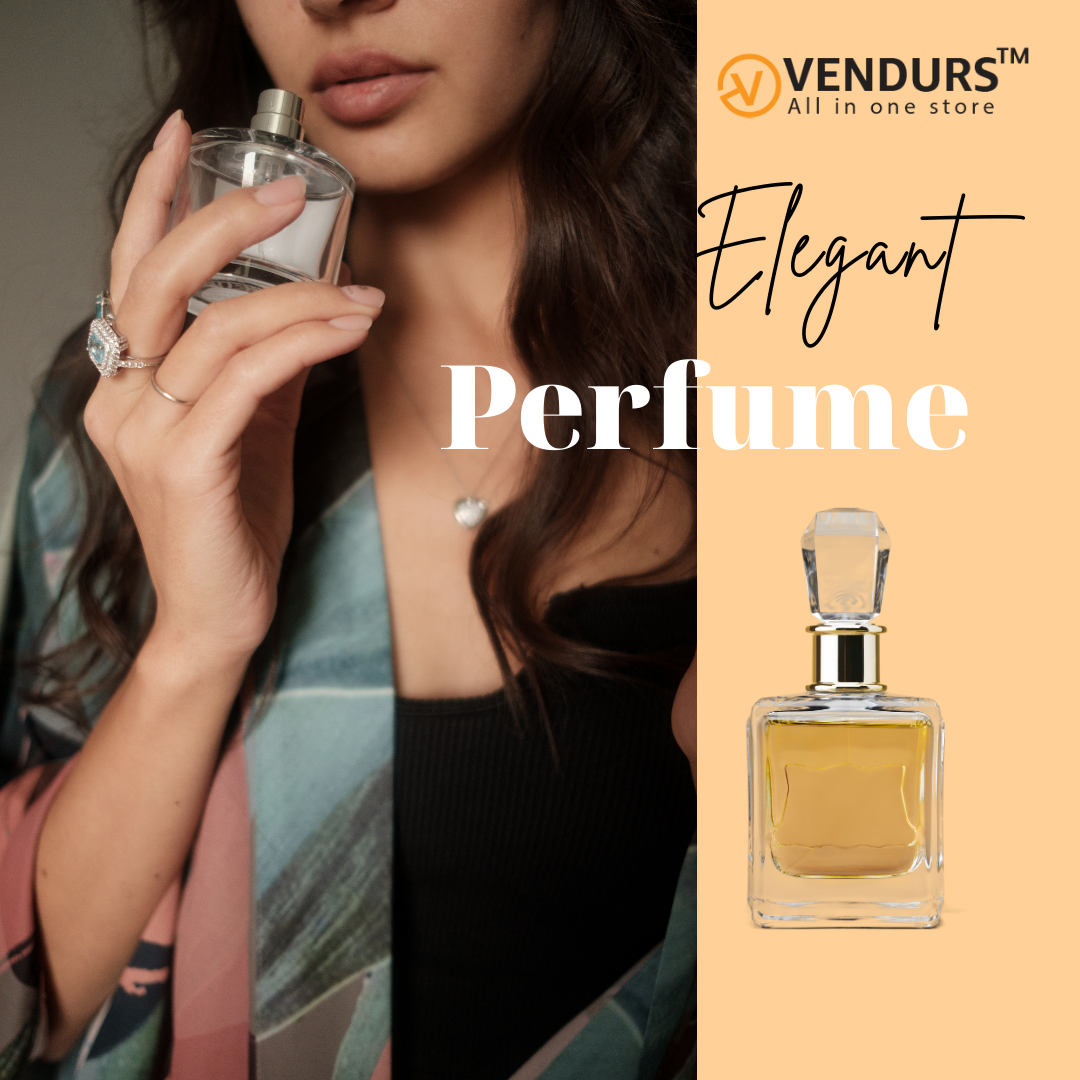Perfume, often referred to as the invisible accessory, has played a significant role in human history for thousands of years. From ancient civilizations to the modern era, fragrances have been used to evoke emotions, signify social status, and leave a lasting impression. Within this diverse world of scents, the concept of luxury fragrances has evolved immensely over time, reflecting changing tastes, ingredients, and cultural influences.
The Birth of Perfumery
The art of perfumery dates back to ancient Mesopotamia and Egypt, where aromatic herbs and spices were combined to create fragrant oils. These early fragrances were often associated with religious rituals and offerings to gods. As trade routes expanded, perfumery techniques spread to Greece and Rome, where they gained popularity among the upper classes.
Medieval and Renaissance Elegance
During the medieval period, the distillation of essential oils allowed for more sophisticated fragrance creations. The use of fragrance in Europe expanded, with fragrant sachets and pomanders becoming popular. Perfumers began to craft complex blends of floral, herbal, and animalic notes. In the Renaissance, Italy became a center for perfumery, and the art of scent became intricately linked with fashion and personal grooming.
The Age of Royalty
The 17th and 18th centuries marked the golden age of perfume, particularly in France. King Louis XIV of France, known as the "Sun King," established the first-ever perfume factory in Versailles. Perfumes were considered a symbol of wealth and power, and various perfume houses, like Guerlain and Houbigant, were founded during this era, laying the foundation for modern luxury fragrance houses.
The Modern Revolution
The 20th century brought significant changes to the world of perfume. Synthetic ingredients, such as aldehydes, revolutionized fragrance creation, allowing perfumers to replicate scents that were previously impossible to capture. Iconic fragrances like Chanel No. 5, with its aldehyde-driven floral bouquet, became classics.
The Contemporary Era
Today, luxury fragrances continue to evolve. They are no longer solely the domain of traditional European houses. Perfumers from around the world are pushing boundaries, creating fragrances that capture the spirit of their regions. Brands like Jo Malone, with its customizable scents, and Tom Ford, known for its bold and seductive fragrances, have redefined the luxury fragrance landscape.
Sustainability and Natural Ingredients
In recent years, there has been a growing emphasis on sustainability and natural ingredients in the luxury fragrance industry. Consumers are increasingly conscious of the environmental impact of their purchases, and fragrance houses are responding by using responsibly sourced materials and eco-friendly packaging.
Personal Expression
Luxury fragrances have also become a form of personal expression. They are no longer solely associated with a particular gender or occasion. Gender-neutral fragrances and niche perfumery have become more prevalent, allowing individuals to choose scents that resonate with their personal style and mood.
Conclusion
The evolution of luxury fragrances is a testament to the enduring power of scent in human culture. From their origins in ancient civilizations to their current status as a form of personal expression and artistry, luxury fragrances have continuously adapted to the changing tastes and values of society. As we move forward, the world of perfumery will undoubtedly continue to evolve, offering new and exciting olfactory experiences for generations to come. Whether classic or contemporary, the allure of luxury fragrances remains timeless.






Comments